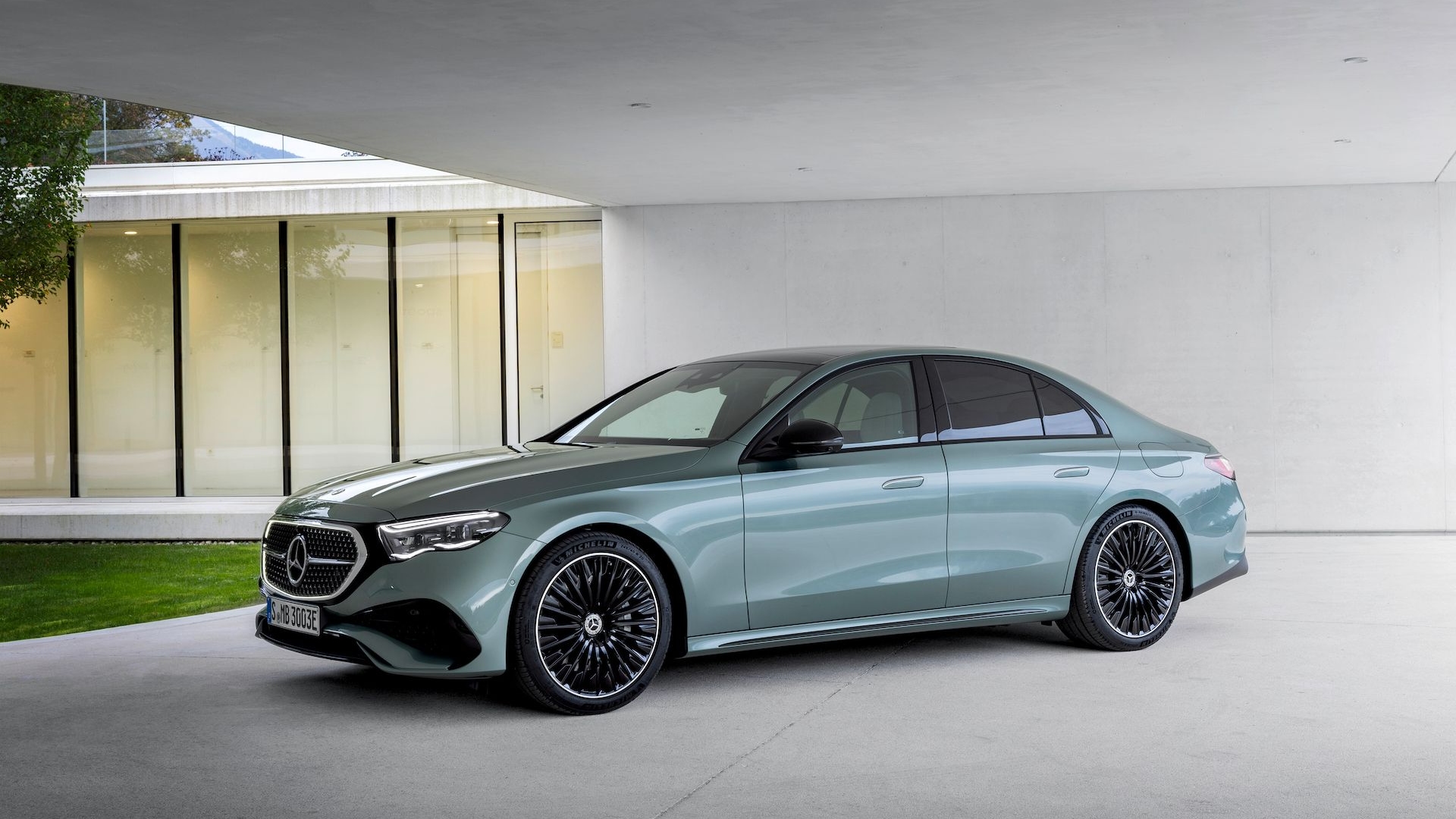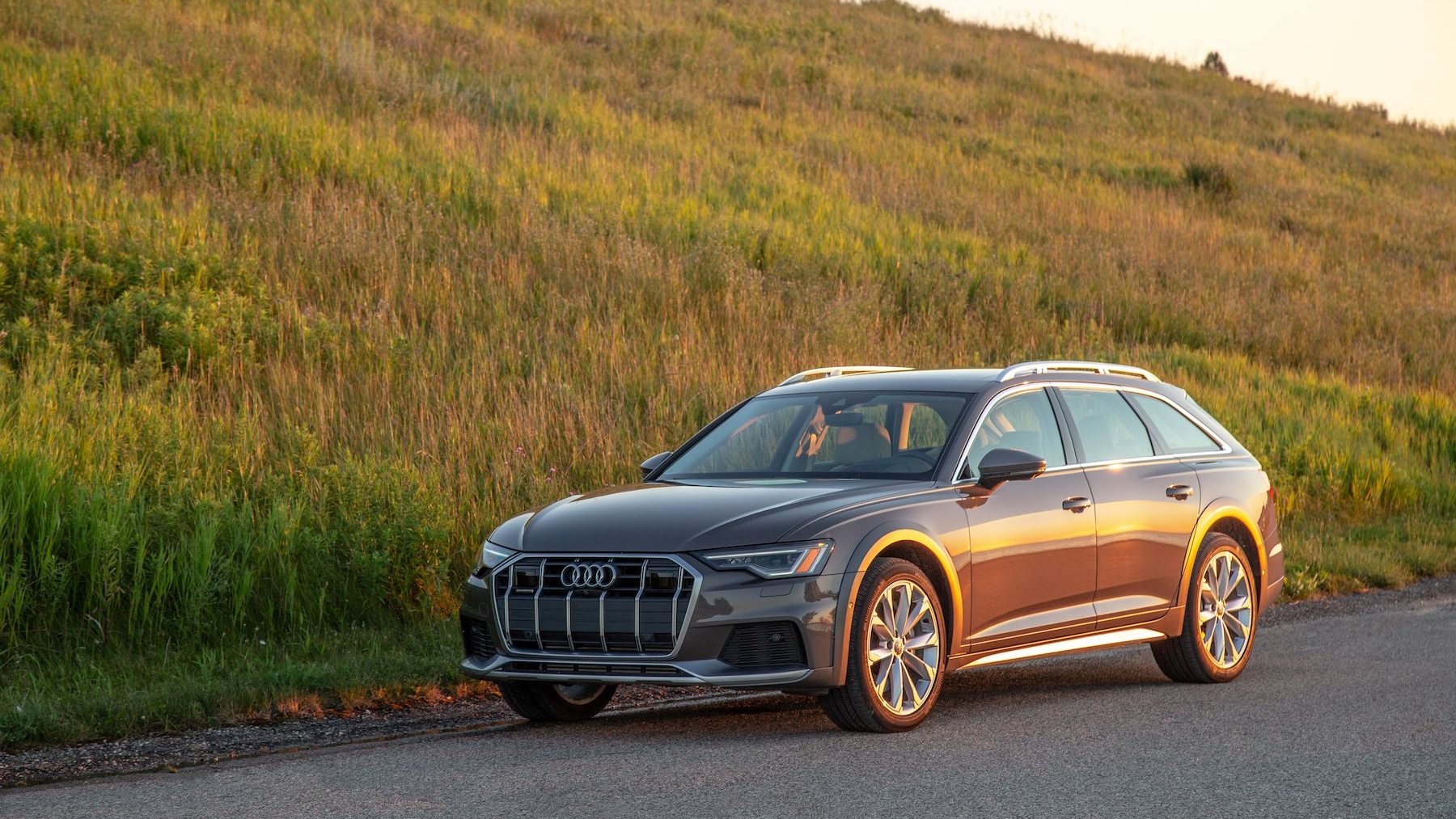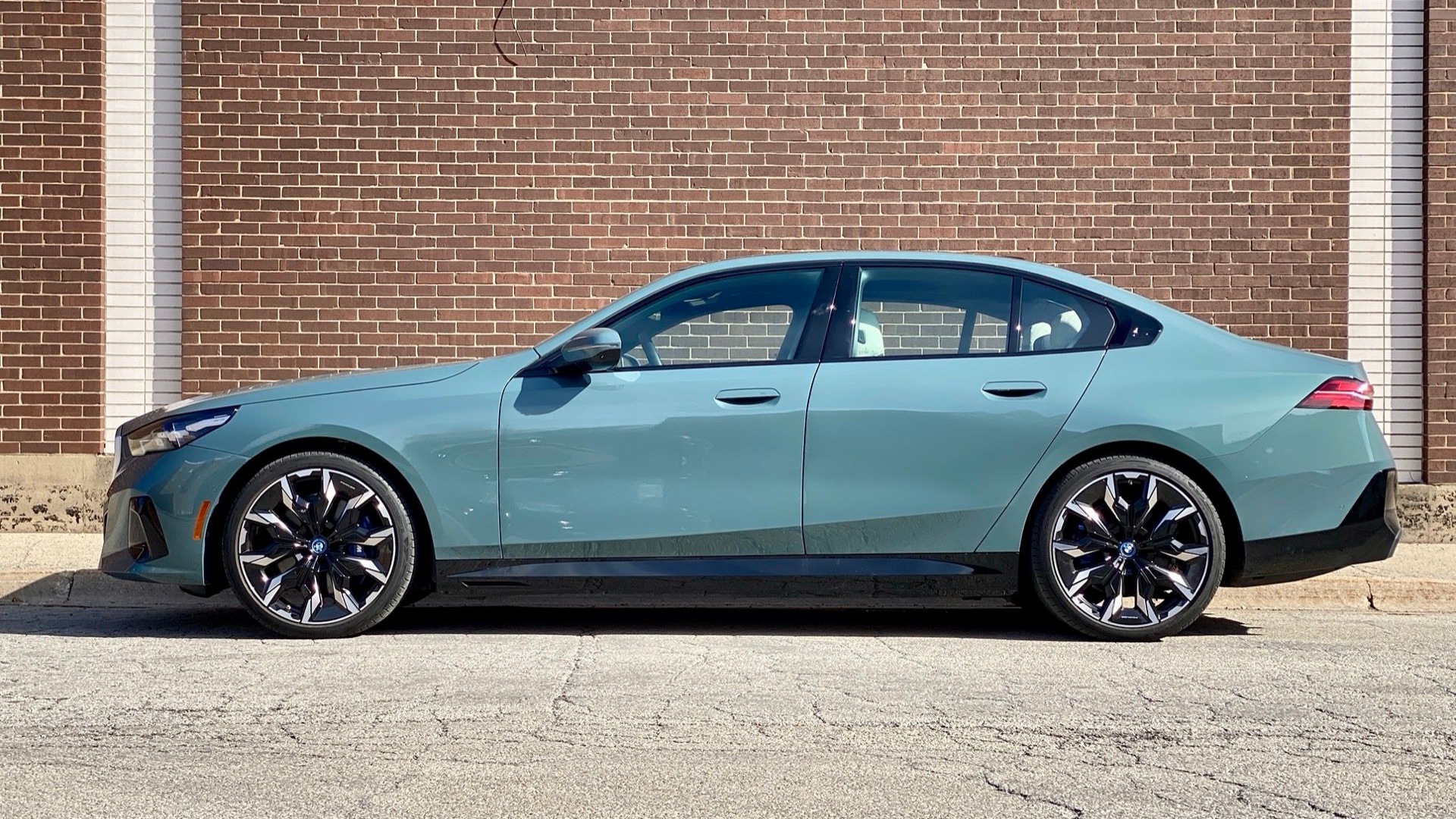Still, the old Lotus chap had a point--by making a car lightweight, you improve it in every dynamic area, and efficiency increases too.
Automakers are once more starting to take heed, and CAR has revealed further details on Mercedes-Benz' take on a lightweight, carbon fiber, fuel-cell version of the next-generation E-Class sedan.
Provisionally titled the E Superlight, rumors of the car started back in October. According to the latest details Mercedes intends to reduce the weight of the E-Class by as much as 770 pounds, ensuring it tips the scales at around 2,860 pounds.
The car is now looking like a rival for Audi's e-tron and BMW i ranges, with the news that the high-tech, four door notchback could feature a 150 horsepower hydrogen fuel-cell powertrain, as previewed in cars like the F125! concept shown at the 2011 Frankfurt Auto Show. Like that gullwing concept, the E Superlight could feature some unusual doors--in this case rear-hinged, suicide-style rear doors.
The car certainly won't be any ordinary E-Class, and is tipped for much lower production figures--around 20,000 per annum, by 2017.
Production would begin in small numbers in 2015, however, and the fuel-cell aspect of the car is very much dependent on a hydrogen infrastructure springing up in the meantime. Unlike BMW's i models, the E Superlight's chassis would be entirely carbon, rather than using an aluminum chassis and carbon cell.
The E Superlight would be sold alongside more conventional E-Class models, though these too could benefit from some of the lightweight technology.
Mercedes sources have also hinted that once the E Superlight has hit the market, similar technology could be applied to the successor of the SLS AMG supercar.



